What are the Basic principles of Waterproofing?
Principles Of Waterproofing Liquid or sheet-based processes, including waterproofing, are finalized with protocols, regulations, equipment, and of course, experts! These coverings are applied in areas where water entrainment is probable, such as basements, decks, and foundations. Each waterproofing chemical is used for a specific purpose. For example, polyurethane coatings are applied on cabinets, fixtures, and floors. Similarly, bitumen layering is ideal for metal, masonry, and wood surfaces.
Waterproofing protects against moisture ingress, leaks, mold growth and structural instability. The process includes:
- Cleaning and preparing the surface
- Applying waterproofing chemical or membrane
- Ensuring proper sealing of joints and seams
Whether it’s a residential building, or a commercial complex, understanding the basic principles of waterproofing is essential. In this article, we will explore the fundamental principles of waterproofing, including drainage, drying, durability, and research.
The Waterproofing Method – Essential & Beneficial for Everyone
Drainage
Effective waterproofing involves the use of pipes and machines to drain the standing or incoming water. Drainage systems, both internal and external, play a vital role in redirecting water from the structure. External drainage systems, such as gutters, downspouts, and surface grading, help prevent water from pooling around the foundation. Internally, systems like French drains and sump pumps ensure water doesn’t accumulate in basements or crawlspaces. Adequate drainage helps to minimize the hydrostatic pressure on the structure, reducing the risk of water penetration.
Drying
Drying involves the removal of moisture and increase in the film’s compactness. Allowing dampness can lead to mold growth, rot, and structural degradation. There are various drying techniques used to achieve success: Proper ventilation, dehumidification, and moisture barriers are some examples. By eliminating excess moisture (from basements and foundations), the sustainability and durability of the structure increases.
Read More
What are the Three Types of Basement Waterproofing?
Advantages and Disadvantages of Crystalline Waterproofing
Types of Waterproofing Systems Applied on GI Corrugated Sheets
Durability
Durability is an important aspect in waterproofing surfaces. Waterproofing systems should sustain exposure to moisture, temperature variations, and environmental factors. Moreover, the choice of materials and installation techniques must be considered to ensure long-term performance. High-quality waterproofing membranes, coatings, sealants, and other products are used to create a durable barrier against water intrusion. Regular inspections, maintenance, and repairs are also important to preserve the integrity of the waterproofing system over time.
Research
Research plays a vital role in the development of the waterproofing industry. Ongoing research and efforts help to improve existing techniques, develop new materials, and enhance overall performance. Researchers explore innovative solutions, test product effectiveness, and investigate the impact of different factors on the waterproofing layer. Some of the factors are:
- Material Compatibility
- Exposure Conditions
- Sustainability
By investing in research, the waterproofing industry can stay up-to-date with technological advancements and modern waterproofing processes.
Research also helps in developing waterproofing standards and codes. These obligations serve as guidelines for architects, contractors, engineers, and building owners. Moreover, waterproofing systems should meet specific requirements and regulations. Research helps establish performance criteria and outlines the procedures for design, installation, and maintenance. In addition, it enhances the overall safety and longevity of the worker and structure.
Read More
Environmental Conditions to Consider While Installing a Waterproofing Membrane
How to Find Top Water and Heat Proofing in Karachi?
How to Apply Elastomeric Roof Coating in Karachi?
Types of Waterproofing Coatings
| Waterproofing Coverings | Characteristics | Application |
| Cementitious Coating | Chemical, abrasion, and weather resistant, easy to mix and apply, and breathable. | Restrooms, water treatment plants, dams, parking structures, tunnels, etc. |
| Bituminous Coating | Corrosion and weather resistant, environmental-friendly, effective against stress and high loads. | Basement, foundations, tanking systems, bridges, tunnels, etc. |
| Polyurethane Coating | Abrasion and chemical resistant, quick drying, endure heavy loads | Waterproofing ships, concrete, wood, and metal. |
| Acrylic Coating | Weather resistant, flexibility and strong adhesion, withstand substrate movement, aesthetic appeal | Protective coatings for masonry, concrete, and metal surfaces. Enhances aesthetics and appeal. |
Conclusion
The basic principles of waterproofing involve drainage, drying, durability, and research. Effective drainage systems help manage water flow and prevent accumulation, while proper drying techniques remove excess moisture to maintain the building’s structural integrity. Durability is a prerequisite for the waterproofing layer; select high-quality materials and techniques for long-term performance and sustainability. Research contributes to the advancement of waterproofing practices, allowing for the development of new solutions.
If you want to know more about waterproofing and its procedures, contact Lakhwa Chemical Services today.
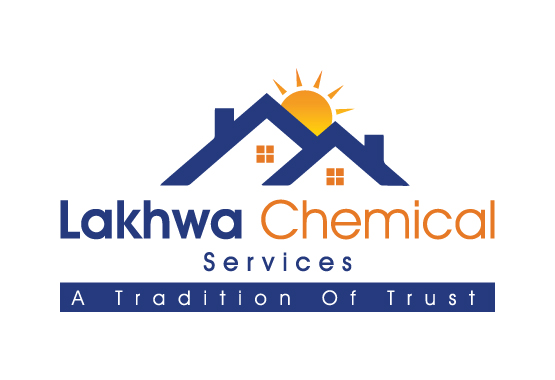

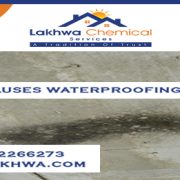
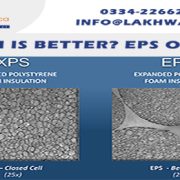
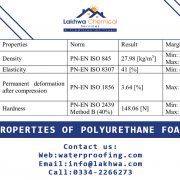
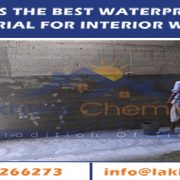
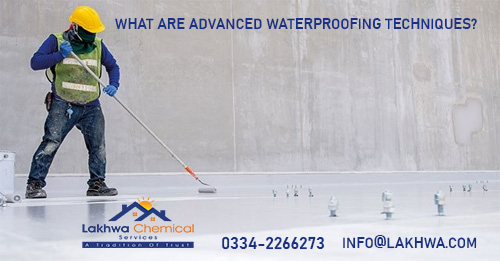
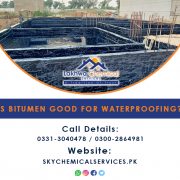

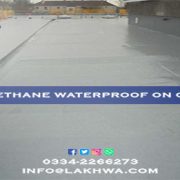


Leave a Reply
Want to join the discussion?Feel free to contribute!